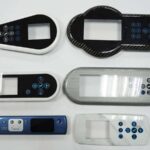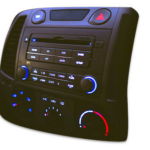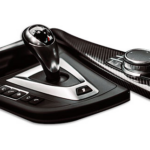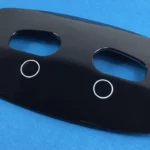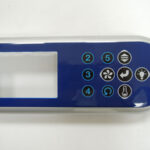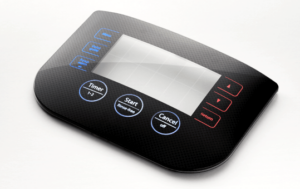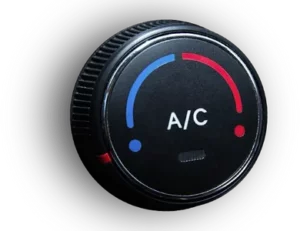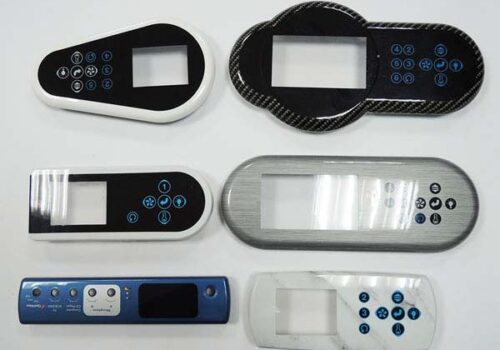
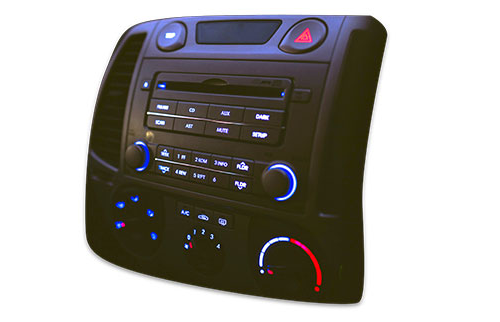
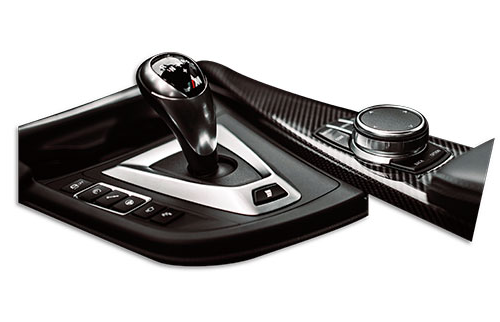
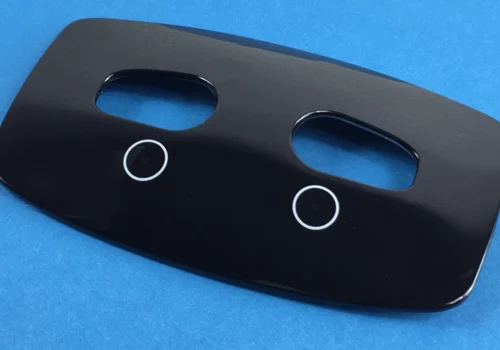
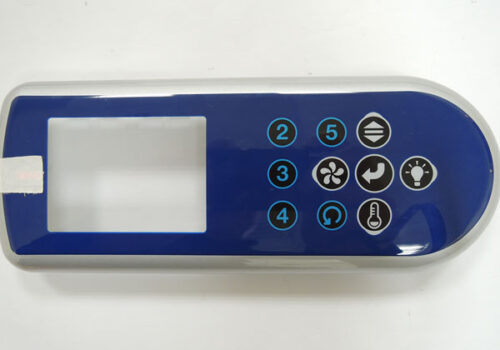
What is in-mold decorating?
In-mold decoration is a process developed to provide product designers and original equipment manufacturers (OEMs) with an alternative method for decorating their plastic products. The process involves placing a decorated thin film plastic (applique), formed to fit the shape of a mold which is placed into an injection mold injecting plastic either behind or on top of the film. When the mold opens the part is decorated and the graphics are embedded in the part.
This type of decorating exists in contrast to earlier methods of decorating plastic parts. Those methods used spray painting, labeling, screen printing, laser etching, or other methods of modifying the first surface of plastic parts. Exposed to the elements, those older surface decoration methods tended to wear out over time.
IMD has evolved to provide exceptional colors, and graphics along with distinct finishes (such as metalized appearances) and different levels of surface gloss and textures.
The durability of the product is exceptional as the graphics are applied to the back side of the applique, which is sandwiched between the applique and molded resin. Applique materials can be made using “hard-coated plastic films” that in many instances have higher chemical and abrasion resistance than the molded resins used to make the part.
These qualities are particularly useful in medical and other industries where the product is cleaned many times during its lifetime. The added abrasion resistance of these applique films provides for a long lasting display window where LCD or other electronic displays need to be read through for the life of the product.
The process of in-mold decoration
Once a film is selected, the desired design is printed onto the film – typically using screen printed thermoplastic inks. The film may be formed to size or placed as a flat into the mold cavity and held in place using one of several different techniques (e.g., electrostatic charge). From there, a compatible resin is injected over the film, permanently bonding it to the part or product.
Challenges of in-mold decoration
In-mold decoration is a more complex process than first surface decorating. When selecting the film, several challenges present themselves:
- The film may need to be chemical and/or abrasion resistant
- The film system used must be compatible with IMD inks to withstand high levels of pressure and heat
- The film and IMD ink system used must be able to bond with plastic
- The correct film thickness must be chosen for forming and molding the part
Film selection is just one element of the in-mold decorating process. There are a whole host of variables, including:
- The type of resin being used
- Whether or not the desired graphics are compatible with the formed part
- Whether or not the part must be formed prior to molding (this is typically the case when 3D features are being integrated)
- Gate and molding requirements are different for in mold decoration that traditional molding
- Forming and molding tooling is expensive
- Initial development, tooling and lead times can range from 20-50 weeks
In-mold decorating is highly specialized. To get high-quality results, it’s important to work with a manufacturer that has the tools, skills, and experience necessary to perform quality in-mold decorating.
Advantages of in-mold decoration
There are a plethora of advantages to in-mold decoration over traditional first surface decorating:
Lower costs
In-mold decorating can help you lower costs by:
- Eliminating the need for secondary operations
- Eliminating material costs, like spray paint and adhesive
- Eliminating repair and replacement costs by offering a more durable decoration
Better products
Your end part or product will be more durable with in-mold decorating. The process creates:
- More durable decorations that aren’t as prone to damage like first surface decorating is
- Decorations that can be UV, chemical, and abrasion-resistant
- The option for antibacterial surfaces
- Unique graphics with fully customizable colors
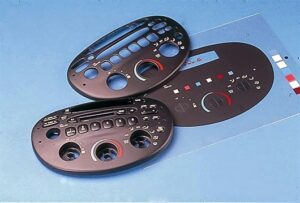
Common Application Examples
The massive benefits in-molding decoration presents have made it the preferred choice for a wide range of industries for diverse applications.
Below are some of the industries that make use of in-mold decorations:
- Medical devices
- Display windows
- Personal telecommunication devices
- Large parts and components
- Lawn and garden equipment
- Consumer products
- Consumer handheld devices
- Plastic housings
- Instrument panel
- Automotive components
- Computer components
In-mold structural electronics
In-mold structural electronics are a design option that follows many of the principles of IMD—indeed, they can be integrated alongside IMD. Lighting, displays, sensors, and other electronics can be integrated into the part or product you’re building.
How to choose an in-mold decoration provider
Given the complexity of in-mold decoration, it’s key to choose the right manufacturer to partner with. When talking to manufacturers about their IMD capabilities, ask the following:
- What experience do you have with IMD?
- Do you have examples of IMD work you’ve done before?
- Given the description we’ve given of our project, do you think IMD is the right solution?
- Do you offer in-mold structural electronics?
- What film do you use for your IMD projects?
- Do you have the capacity to integrate IMD into a full production run?
In-mold decorating is highly specialized. To get high-quality results, it’s important to work with a manufacturer that has the tools, skills, and experience necessary to perform quality in-mold decorating.
General Label has a multi-faceted approach to IMD.
- General Label can supply the full completed part with graphic applique, formin g and molding with our select network of approved partners.
- General Label can also supply appliques to OEM’s and molders who wish to do the forming and molding themselves. Our years of printing IMD films allows us to be experts in this area and offer technical assistance to ensure success of the project.
